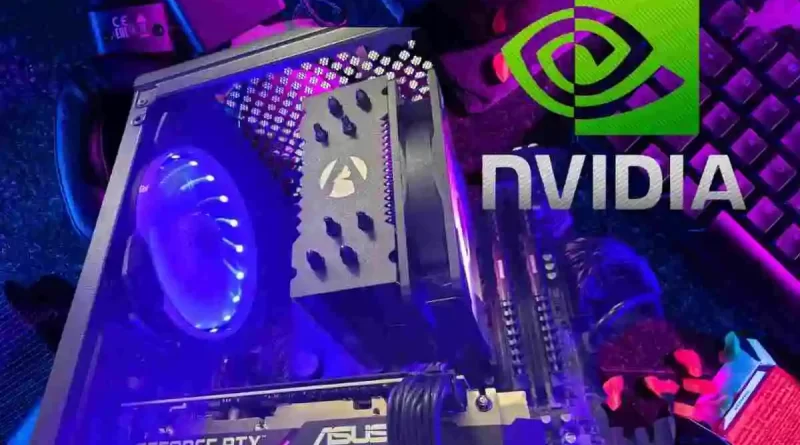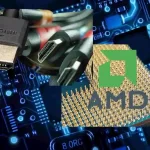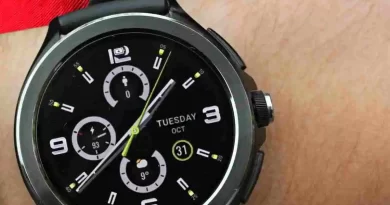Nvidia Challenges AMD in Portable Gaming
Nvidia and AMD are in constant competition, particularly in the realm of top-notch graphics cards. However, when it comes to gaming handhelds, AMD is currently the reigning champion. The surge in popularity of portable gaming PCs is mainly led by AMD. Nevertheless, Nvidia seems poised to change this narrative and aims to power the next generation of handhelds. Yet, there are a few challenges to address before bringing such a device to fruition.
AMD strategically embraced the gaming handheld trend at the perfect moment. From the Steam Deck to the Asus ROG Ally, the market is flooded with portable PCs bridging the gap between computers and consoles, and AMD’s APUs are at the heart of this trend. While there are a couple of Intel Core Ultra-based handhelds on the horizon, like the MSI Claw, AMD currently holds a dominant position. Nvidia, however, is notably absent and appears to be missing out on a significant opportunity.
According to insights from Moore’s Law Is Dead, Nvidia acknowledges the need to alter its current position. The YouTuber stated, “Nvidia is not pleased with AMD’s success in the handheld gaming market, with devices like the Steam Deck and possibly a new PlayStation handheld powered by AMD. Meanwhile, numerous handheld gaming Windows devices, including the ROG Ally, are exclusively powered by AMD.”
Despite the abundance of gaming handhelds featuring AMD chips, the rival company seems eager to enter this market, challenging the perception that it is uninterested. Moore’s Law Is Dead asserts, “Nvidia is concerned about missing out on this opportunity.”
The challenge here, for the said company in contributing to a gaming handheld, lies in the fact that it cannot do it alone. Unlike AMD and Intel, it doesn’t manufacture x86 CPUs with built-in graphics. Therefore, it needs not just one, but two partners for this endeavor: a company like Asus or MSI to manufacture the device and another to supply the processor.
While it might be challenging to imagine AMD and Nvidia collaborating on a gaming handheld, recent developments suggest a potential partnership between the latter and Intel for a premium gaming handheld. The term “premium” is apt, as such a device could potentially outperform its competitors significantly. With a dedicated GPU and CPU, it might sacrifice battery life and require a substantial heatsink, but it would be a potent mini-computer.
Even if this rumor proves true and it eventually enters the gaming handheld market, it won’t happen anytime soon. Moore’s Law Is Dead emphasizes that such a move might take years. In the interim, AMD seems to have a secure position in the market and little cause for concern.








